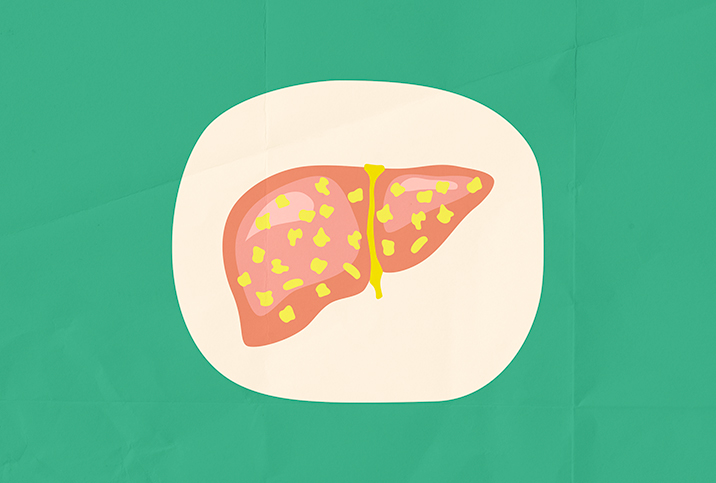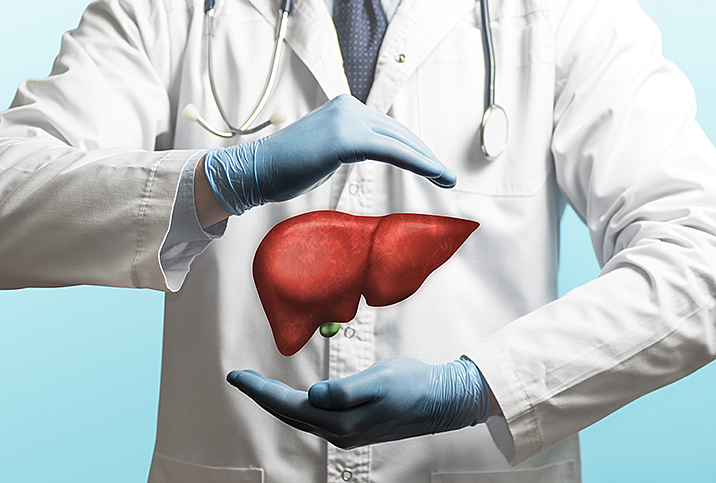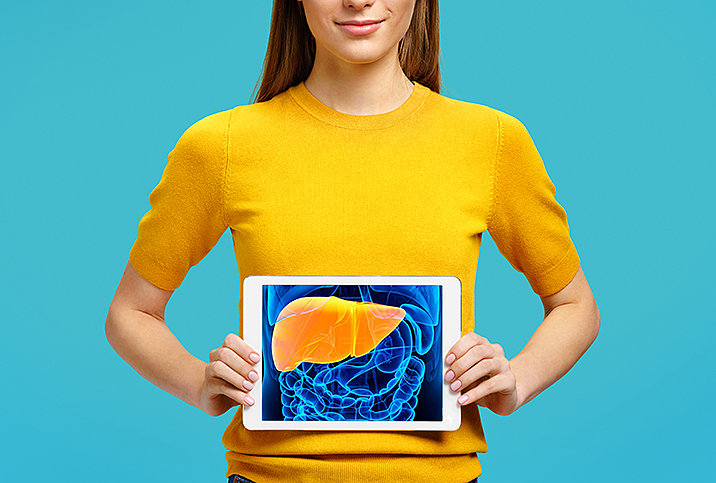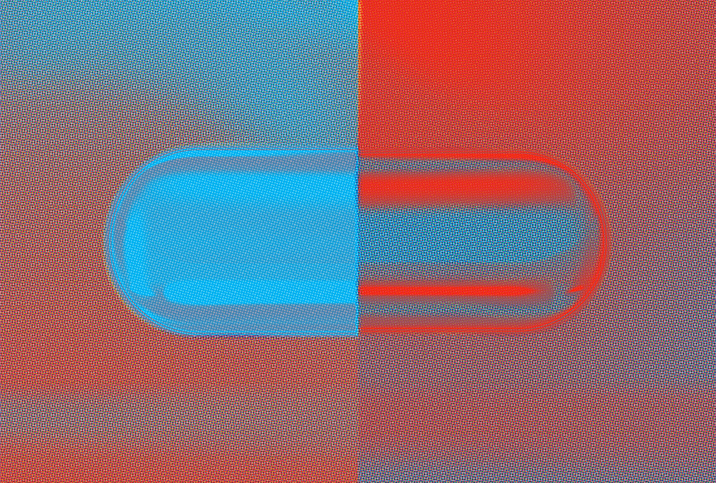Fatty Liver Disease Is a Silent Threat

In the United States, nonalcoholic fatty liver disease is the most common form of chronic liver disease, affecting about one-quarter of the population, according to Mayo Clinic.
Nonalcoholic fatty liver disease encompasses many different liver conditions and affects people who do not consume large quantities of alcohol, which can cause liver damage. Many people with the disease have few or no symptoms, and if they do present, they are subtle and easily missed.
What is fatty liver disease?
As the name implies, fatty liver disease (or hepatic steatosis) is caused by a buildup of fat on your liver. However, this buildup or visceral fat can congregate around other organs, too. The scariest part of this disease is that it is often a precursor to many chronic diseases.
I first learned about fatty liver disease when my husband was diagnosed with diabetes. He was and still is a very fit person. We hiked, backpacked, worked out, biked and followed all the guidelines for physical activity. Our only vice was that our diet was sprinkled with every sweet you can imagine.
We were both candidates for fatty liver disease.
Fatty liver disease often affects people who are thin outside, fat inside, or TOFI. It's estimated that 40 percent of people in the United States have this type of fat storage.
Why fatty liver disease is dangerous
TOFI best sums up what is so dangerous about the disease: A diagnosis for someone who appears thin or "in shape" may be missed. They are likely to be one of those "naturally thin" people who seem to eat whatever they want and never gain an ounce.
In this population, the excess fat can be deposited surrounding or within organs such as the liver, which can affect organ system functionality over time due to inflammation and/or scarring. Similar to chronic alcohol users, some patients can also go on to develop cirrhosis even if they do not consume excessive amounts of alcohol, or any alcohol.
A spectrum of signs and symptoms relate to the severity and the stage of liver disease. Some common symptoms can include abdominal distension, jaundice, and visible/enlarged blood vessels in the abdomen and sometimes the hands.
However, most patients in early stages of fatty liver disease may not exhibit any visible signs or symptoms. Medical imaging and lab work for liver function, triglycerides and other factors may be performed after your doctor performs a thorough physical exam.
Chronic disease and fatty liver
Getting routine bloodwork is important for detecting fatty liver disease. A regular workup can detect high levels of triglycerides if they are present. This red flag may be an indicator of an unbalanced diet and low activity levels, and also could prompt a further workup to assess liver function and associated conditions.
People with chronic disease are sometimes also prone to having fatty liver disease as many chronic diseases are interconnected. In addition, a lack of physical activity, particularly cardiovascular exercise, can increase risk for fatty liver disease.
"Many people don't realize that poor sleep quality can impact your weight," said Abhinav Singh, M.D., a sleep medicine specialist and the facility director of the Indiana Sleep Center. "The truth is that a lack of sleep increases stress hormones in your blood because your body must increase levels of adrenaline to keep you functioning on little sleep. This increases your risk of gaining weight because of an increase of cortisol levels in the blood."
How to treat fatty liver disease
"While diet and exercise alone may not be enough for every patient, it really is the panacea for prevention of chronic disease," said Mark Schutta, M.D., director of the Penn Rodebaugh Diabetes Center in Philadelphia. "Regardless of the stage of your chronic disease, diet and exercise are essential to helping your body return to a healthy state, so your medication can be more effective."
While taking medication to treat fatty liver disease isn't necessarily an option, the comorbidities are treatable. People who have diabetes, high blood pressure or high triglycerides, are overweight or obese, or are struggling with sleep disturbance should make reducing visceral fat a high priority to improve overall bodily function.
Our bodies are complex, with interconnected physiology between organ systems. Ignoring the risk factors and living an unhealthy lifestyle compounds your risk for many other health problems.
The good news: Reducing visceral fat is possible with a healthy diet and exercise. This is where many of us groan. This line seems to be the chorus from the medical community. But just as it is with many tasks we should do but don't want to do, this approach is important for good reason. Increasing physical activity encourages your body to tap into that stored fat so you can burn it and reduce it. Avoiding sugary and fatty foods can also help prevent new fat from being stored on our organs.
Start with small changes like taking the dog for a walk around the block, taking the stairs instead of the elevator and walking to your nearby store or post office instead of driving. Every journey begins with a single step, in this case, literally. These small changes to your daily regimen can help you get on track to a new lifestyle of wellness.


















